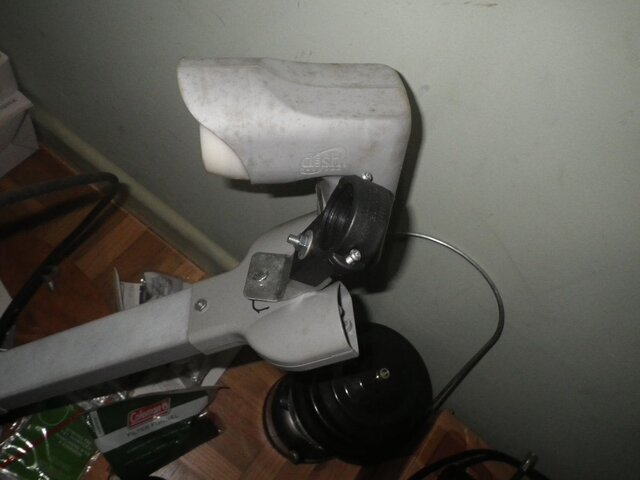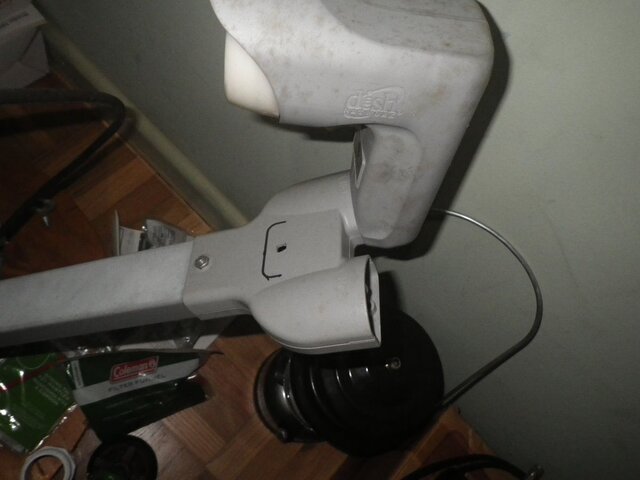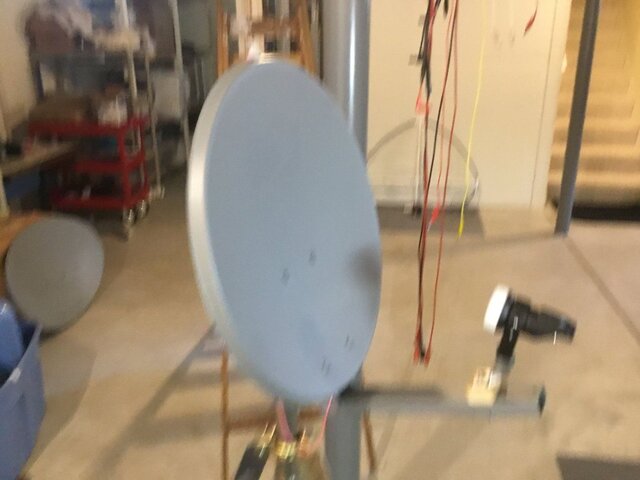Hi all,
First post here I believe.....
Playing around with the subject dish and have been trying to verify the elevation is actually correct?
Scale is set to 39.5 degrees or so but I've been trying to verify that by using an angle meter. Can't find any place on the dish assembly to set the angle meter that duplicates the manual elevation scale.
Thanks all! Ken
First post here I believe.....
Playing around with the subject dish and have been trying to verify the elevation is actually correct?
Scale is set to 39.5 degrees or so but I've been trying to verify that by using an angle meter. Can't find any place on the dish assembly to set the angle meter that duplicates the manual elevation scale.
Thanks all! Ken






